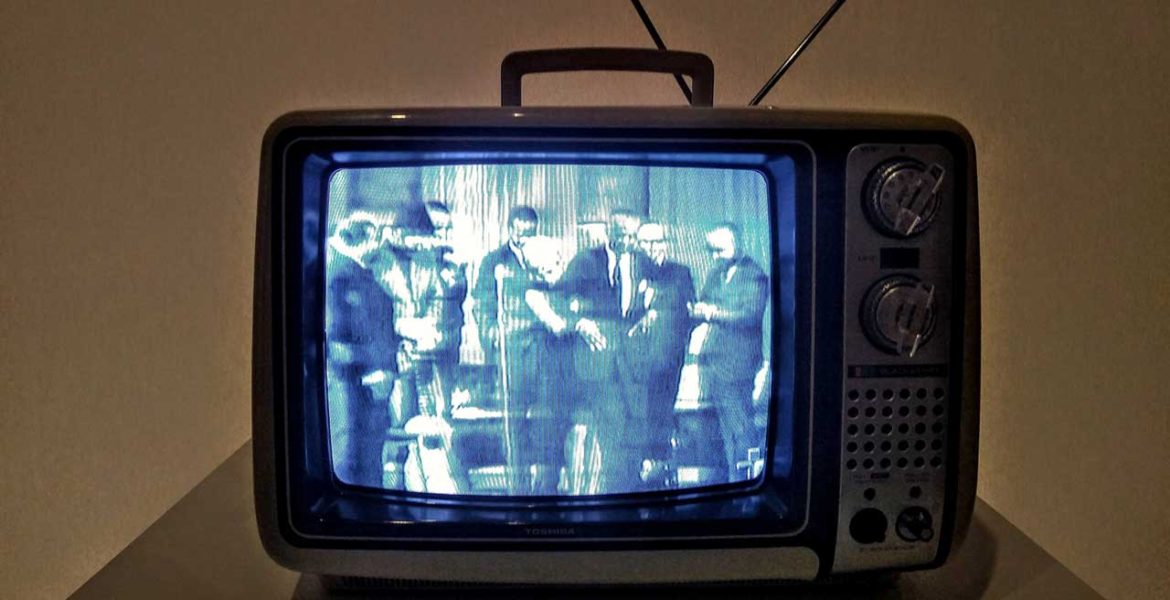By Chris Beer, Trends Analyst at GWI
In spring last year, when lockdowns were a novelty, a phrase you often encountered online was “completing Netflix”. With pretty much everyone stuck at home, and with nothing, for them to do, diving through the back catalog of TV streaming services seemed to be how most were getting through the ordeal.
Some felt this could be the final nail in broadcast TV’s coffin; having challenged it for a decade, COVID-19 would see streaming outstrip its broadcast counterpart.
But our research at GWI shows that this is far from the case. Traditional TV is in rude health, and it provides advertisers with advantages that other media just can’t match.
Broadcast still reaches most audiences
Globally, internet users watch an average of an hour and 25 minutes of online TV per day in 2020, a 31% growth since 2017. But this is still less than they spend watching the broadcast, which sits at an hour and 55 minutes per day on average.
It’s easy to fall victim to assumptions about how your audience is spending their time, but data gives you the clearest view. Ideas work better with solid insight behind them.
Take Gen Z (internet users aged between 16 and 23 years old) as an example. If you took everything you read about them online at face value, you’d probably think that they didn’t even bother with TV and that they were busy watching TikTok clips instead.
But many more Gen Zers outside China watch live TV every day (47%) than are even on TikTok, to begin with (33%).
It’s almost 100 years since John Logie Baird demonstrated his new invention (which he then called a “televisor”), and it understandably doesn’t catch the attention as more recent apps and platforms do. But it remains a very resilient medium and one that continues to provide value to all sorts of audiences.
Sports will help mount the comeback
If reaching meme status is the best signal of something’s true popularity, then two Netflix series, in particular, caught the world’s attention as they went into lockdown; Tiger King, and the Michael Jordan documentary, The Last Dance.
But one of the reasons the latter took off so much was because it was a tailor-made replacement for traditional TV’s secret sauce – live sport.
Events that were delayed in 2020 have created a bonanza schedule for this summer, with both the Olympics and the UEFA Euro 2020 football tournament taking place. They will underline the power broadcast TV has to bring eyeballs to live events, especially as in-person attendance will likely still be impacted by COVID restrictions.
These marquee events present a prime opportunity for advertisers. Online TV might have the upper hand in flexibility, but it can’t beat traditional TV for real-time, communal viewing.
Consumers value TV ads
TV continues to enjoy a healthy reach, but it has another secret weapon: consumers are more amenable to ads they see on TV than digital media.
We ran research in February asking internet users in the UK and U.S. to pick words from a list that they would use to describe ads in three different media; social media, websites, and TV.
The top three qualities associated with social media and website ads were “excessive”, “intrusive”, and “distracting”. They might have the potential to accurately target audiences, but some are clearly missing the mark. The number describing them as “intrusive” also shows how specific targeting can be a double-edged sword if consumers feel advertisers are peering too closely at their personal data.
TV ads were also felt to be “excessive” to a degree, but the main qualities associated with them were “entertaining” and “informative”. The right TV creative can resonate with audiences in a way digital can’t.
Don’t overlook TV in your media mix
We can hold off writing the obituaries for broadcast TV. It continues to attract a large audience and to take up a big chunk of their day. But perhaps more importantly – it serves them with ads that they enjoy, and which inform them about the products featured.
A balanced media mix will always be important to advertising. But driving business growth relies on facts you can trust, and our research underlines just how powerful TV continues to be.

